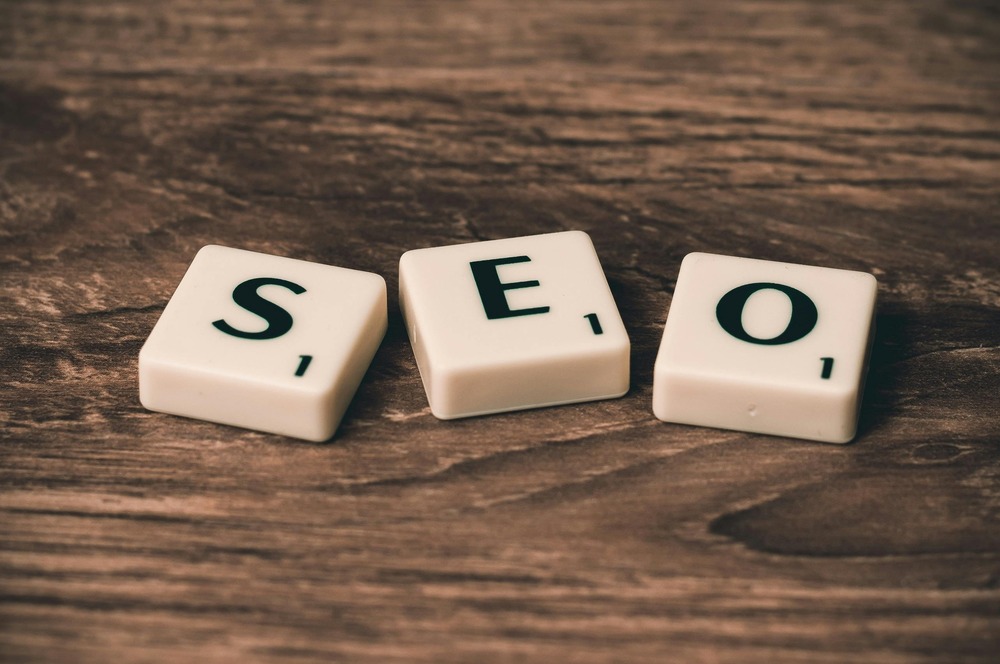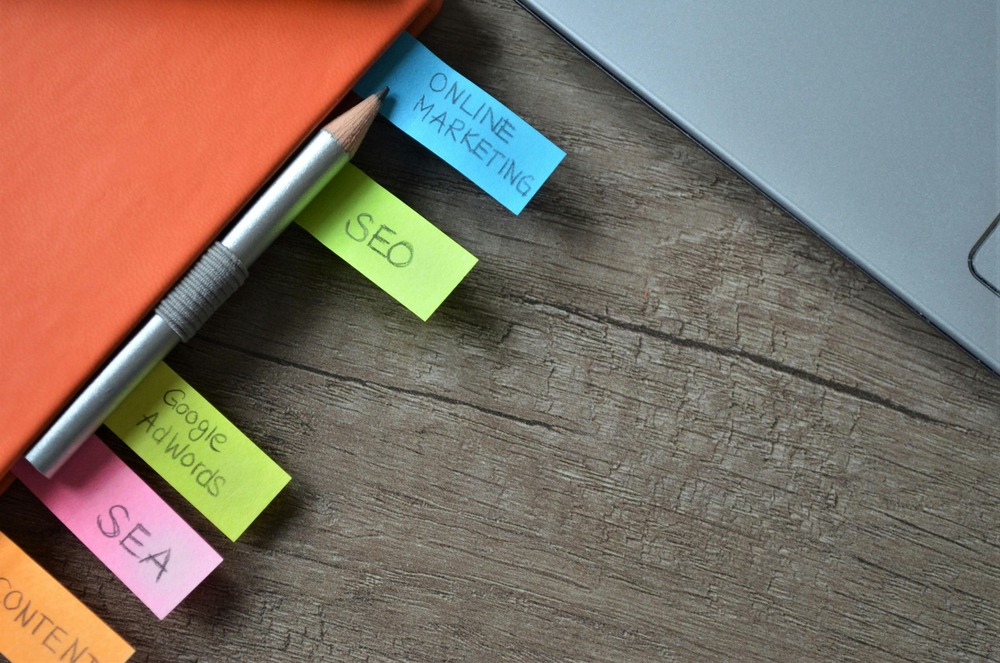In today's fast-paced digital landscape, choosing the right advertising platform can make or break your marketing strategy. With numerous options available, each offering unique features and benefits, it can be overwhelming to determine which one aligns best with your business goals. In this blog, we will explore some of the most popular digital advertising platforms, their statistics, and how they can help you reach your target audience effectively. 🚀

Understanding the Digital Advertising Landscape
Digital advertising has grown exponentially over the past decade. According to a report by Statista, global digital advertising spending is projected to reach $645 billion by 2024. This growth is driven by the increasing number of internet users and the shift of advertising budgets from traditional media to digital platforms.
Key Statistics
- Global Digital Ad Spend: $645 billion by 2024
- Percentage of Businesses Using Digital Ads: 79% of small businesses use some form of digital advertising.
- Average ROI for Digital Ads: Businesses can expect an average return of $2 for every $1 spent on digital advertising.
These statistics highlight the importance of digital advertising in today’s business environment. But with so many platforms available, how do you choose the right one? Let’s break down some of the most popular options.
Popular Digital Advertising Platforms
1. Google Ads
Google Ads is one of the most widely used advertising platforms, allowing businesses to display ads on Google’s search results and across its vast network of partner sites.
Key Features: - Pay-per-click (PPC) model - Targeting options based on keywords, location, and demographics - Extensive analytics and reporting tools
Statistics: - Google Ads accounts for over 30% of the global digital ad market. - Businesses make an average of $8 for every $1 spent on Google Ads.
2. Facebook Ads
Facebook Ads offers businesses the ability to reach a highly targeted audience through its social media platform. With billions of active users, Facebook provides a unique opportunity to engage with potential customers.
Key Features: - Targeting based on user interests, behaviors, and demographics - Various ad formats, including image, video, and carousel ads - Integration with Instagram for broader reach
Statistics: - Facebook Ads generate an average ROI of $4 for every $1 spent. - Over 90 million small businesses use Facebook to connect with customers.
3. LinkedIn Ads
LinkedIn is the go-to platform for B2B advertising. It allows businesses to connect with professionals and decision-makers in their industry.
Key Features: - Targeting based on job title, industry, and company size - Sponsored content, InMail, and display ads - Analytics to track engagement and conversions
Statistics: - LinkedIn Ads have a 0.39% average click-through rate (CTR), higher than the industry average. - 79% of B2B marketers consider LinkedIn to be an effective source for lead generation.
Comparison Table of Digital Advertising Platforms
| Platform | Average ROI | Target Audience | Key Features |
|---|---|---|---|
| Google Ads | $8 for $1 | General consumers | PPC, keyword targeting, analytics |
| Facebook Ads | $4 for $1 | Social media users | Interest targeting, various ad formats |
| LinkedIn Ads | $2.50 for $1 | Professionals/B2B | Job title targeting, sponsored content |
Choosing the Right Platform for Your Business
When selecting a digital advertising platform, consider the following factors:
-
Target Audience: Understand where your audience spends their time online. If you’re targeting professionals, LinkedIn may be the best choice. For a broader consumer base, Google or Facebook could be more effective.
-
Budget: Determine how much you’re willing to spend on advertising. Each platform has different pricing models, so choose one that fits your budget while still providing a good return on investment.
-
Ad Format: Consider the type of content you want to create. If you have engaging visuals, Facebook or Instagram might be ideal. For text-based ads, Google Ads could be more suitable.
-
Analytics and Reporting: Look for platforms that offer robust analytics tools to track your ad performance. This data is crucial for optimizing your campaigns and maximizing ROI.
Conclusion
In conclusion, the right digital advertising platform for your business depends on your specific goals, target audience, and budget. By understanding the unique features and benefits of each platform, you can make an informed decision that will help you achieve your marketing objectives.
For more insights on digital advertising strategies, check out resources like HubSpot and Neil Patel. Remember, the key to successful advertising is not just about choosing the right platform but also about continuously analyzing and optimizing your campaigns. Happy advertising! 🎉




